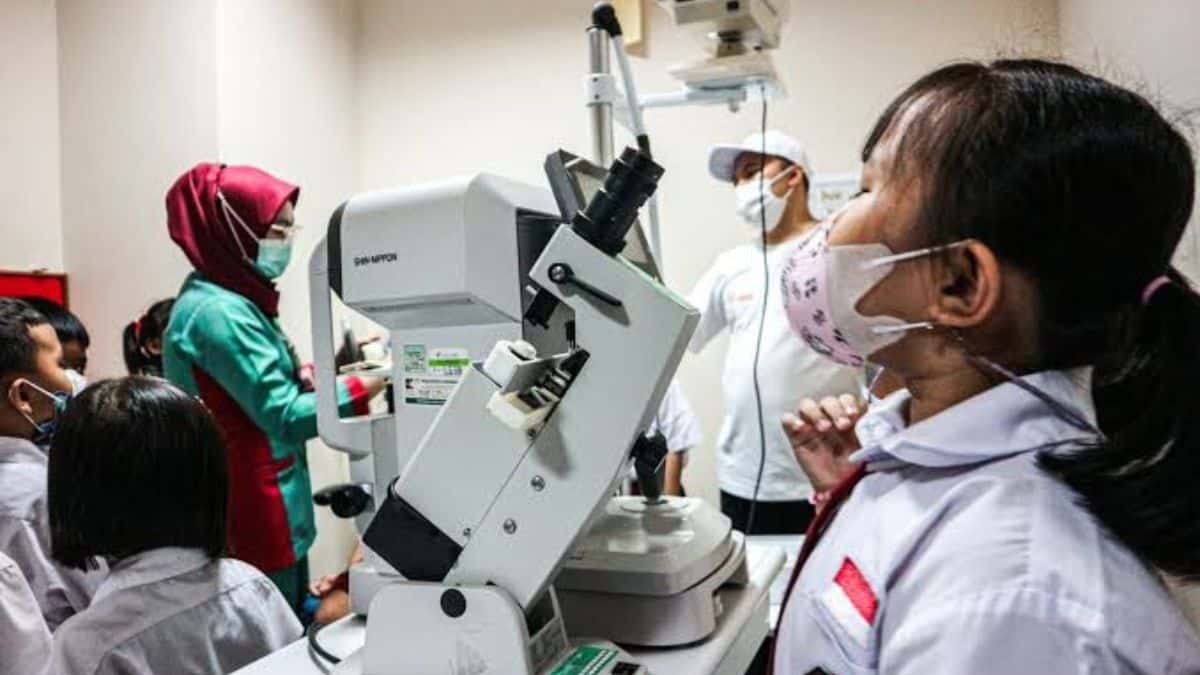 Image Credits: East Asia Forum
Image Credits: East Asia Forum
In a comprehensive assessment of Indonesia’s health sector over the past five years, significant strides have been made in expanding access to healthcare and improving overall health outcomes. The evaluation, conducted by the Indonesian Ministry of Health, highlights key advancements and ongoing challenges that paint a mixed picture of progress in this vital sector.
Over the past half-decade, Indonesia has made notable investments in healthcare infrastructure, with the construction of new hospitals and health clinics across both urban and rural areas. These developments have been crucial in increasing accessibility to medical services, particularly in remote regions where healthcare has historically been limited.
One of the most significant achievements has been the expansion of the National Health Insurance program, known as BPJS Kesehatan. Since its expansion, millions more Indonesians have gained coverage, leading to improved healthcare utilization rates and a reduction in out-of-pocket expenses for medical care. The government’s focus on universal health coverage has been instrumental in addressing disparities in healthcare access.
Additionally, Indonesia has seen improvements in several key health indicators. Maternal and child health metrics have shown positive trends, with reductions in maternal mortality rates and increased rates of childhood vaccinations. Efforts to combat infectious diseases, such as tuberculosis and malaria, have also yielded encouraging results, thanks to enhanced disease surveillance and targeted public health campaigns.
However, challenges remain. The COVID-19 pandemic exposed gaps in the health system, including issues with pandemic preparedness and response capabilities. There have been criticisms regarding the adequacy of healthcare staffing and the equitable distribution of resources, particularly in the context of the ongoing struggle to manage non-communicable diseases alongside infectious threats.
The evaluation also underscores the need for continued investment in health education and preventive care. While progress has been made, disparities persist, particularly in rural and underserved areas. Ensuring that health improvements are uniformly distributed across Indonesia remains a critical objective.
Looking ahead, the Indonesian government is focusing on strengthening health system resilience and addressing the gaps identified in the recent review. As the country continues to navigate the complexities of healthcare delivery, the lessons learned from this five-year evaluation will be crucial in shaping future policies and initiatives aimed at improving the health and well-being of its population.
